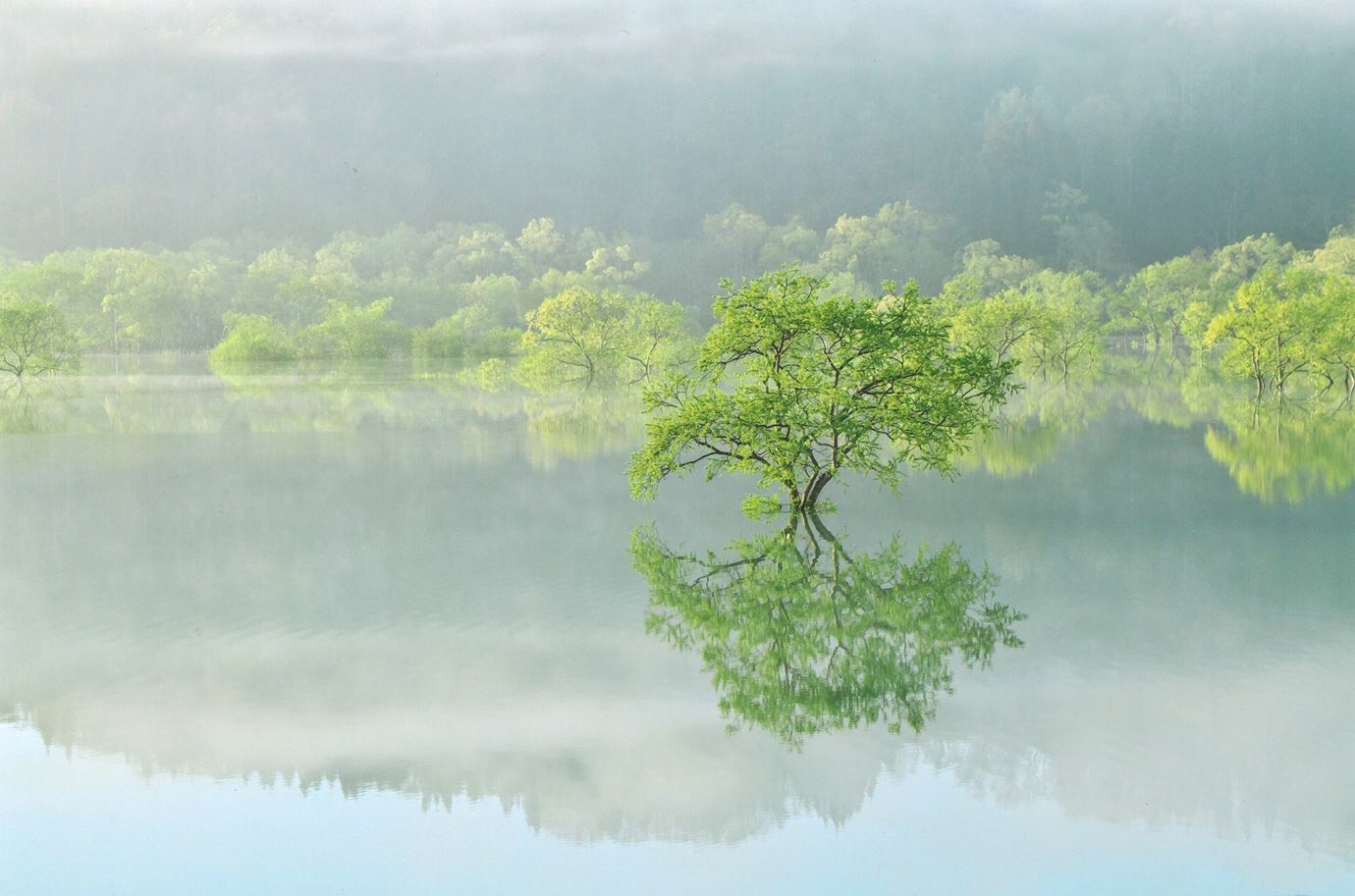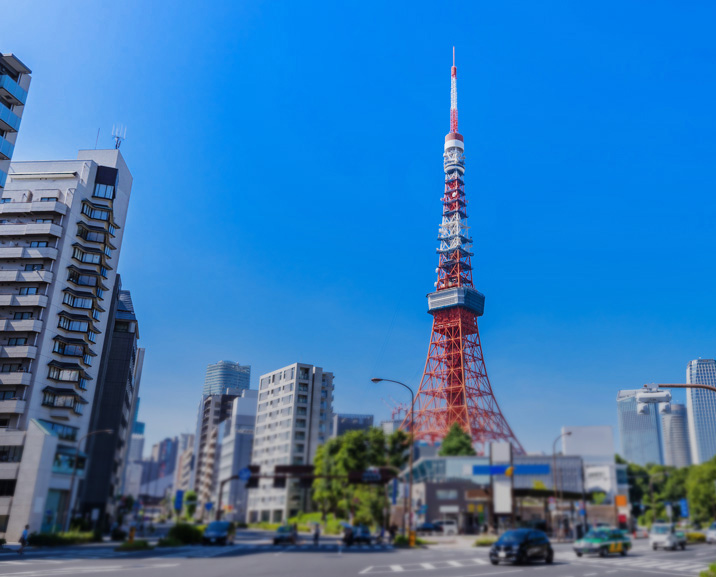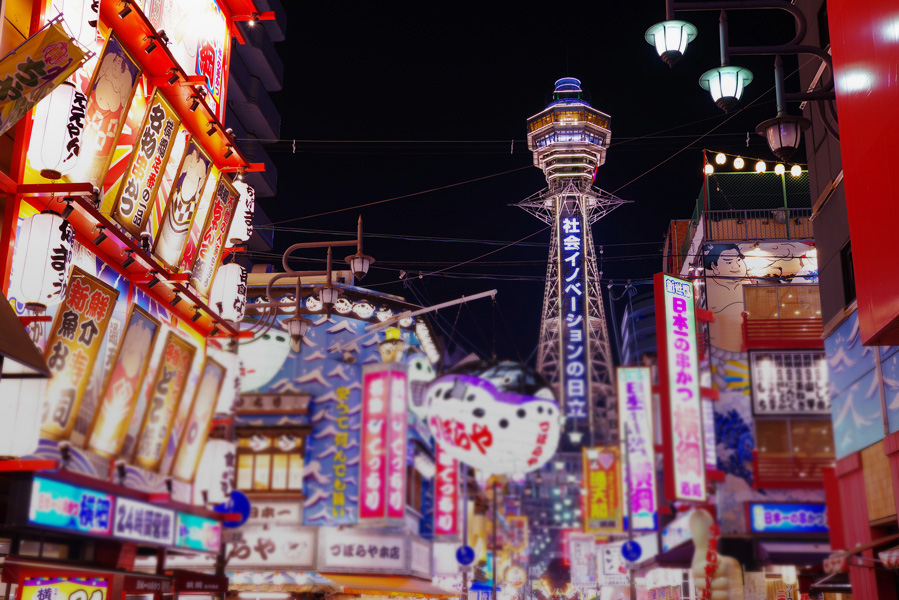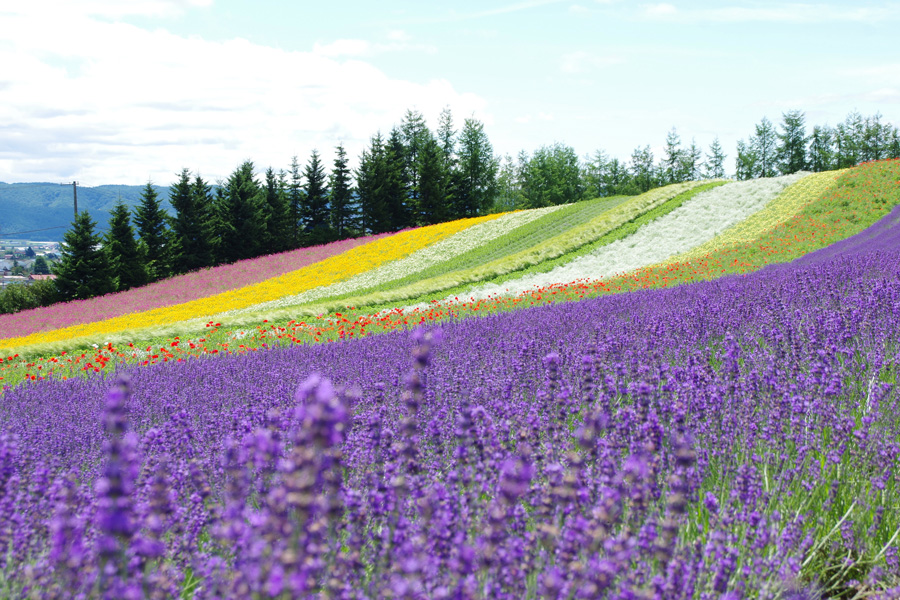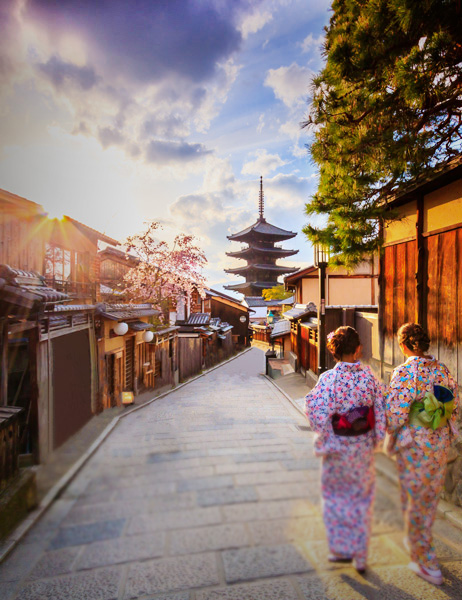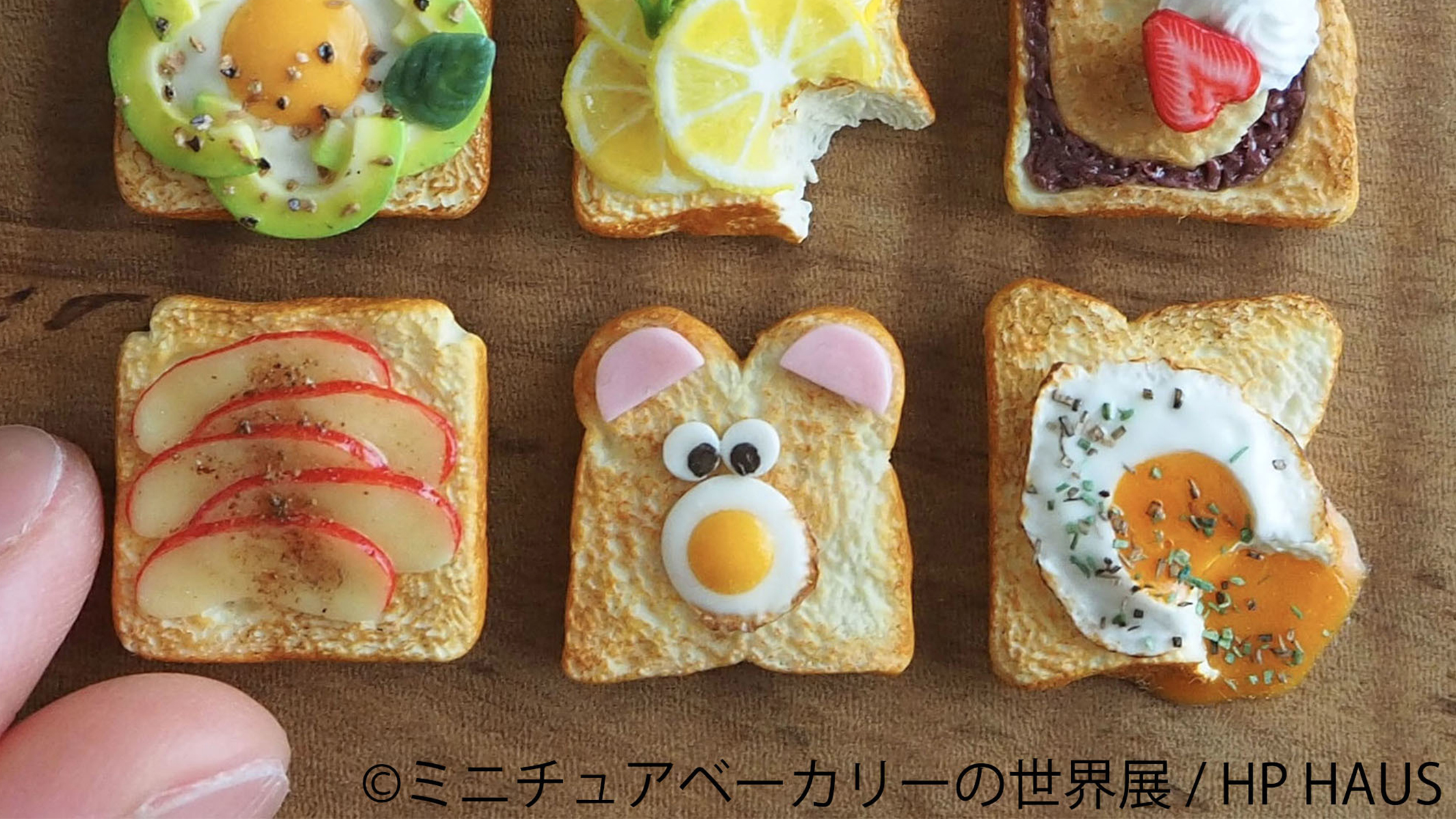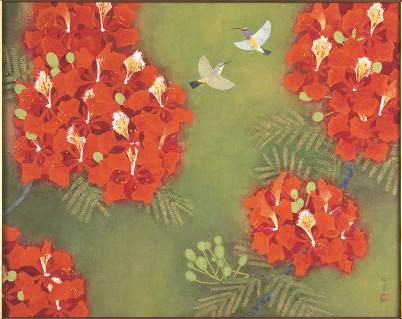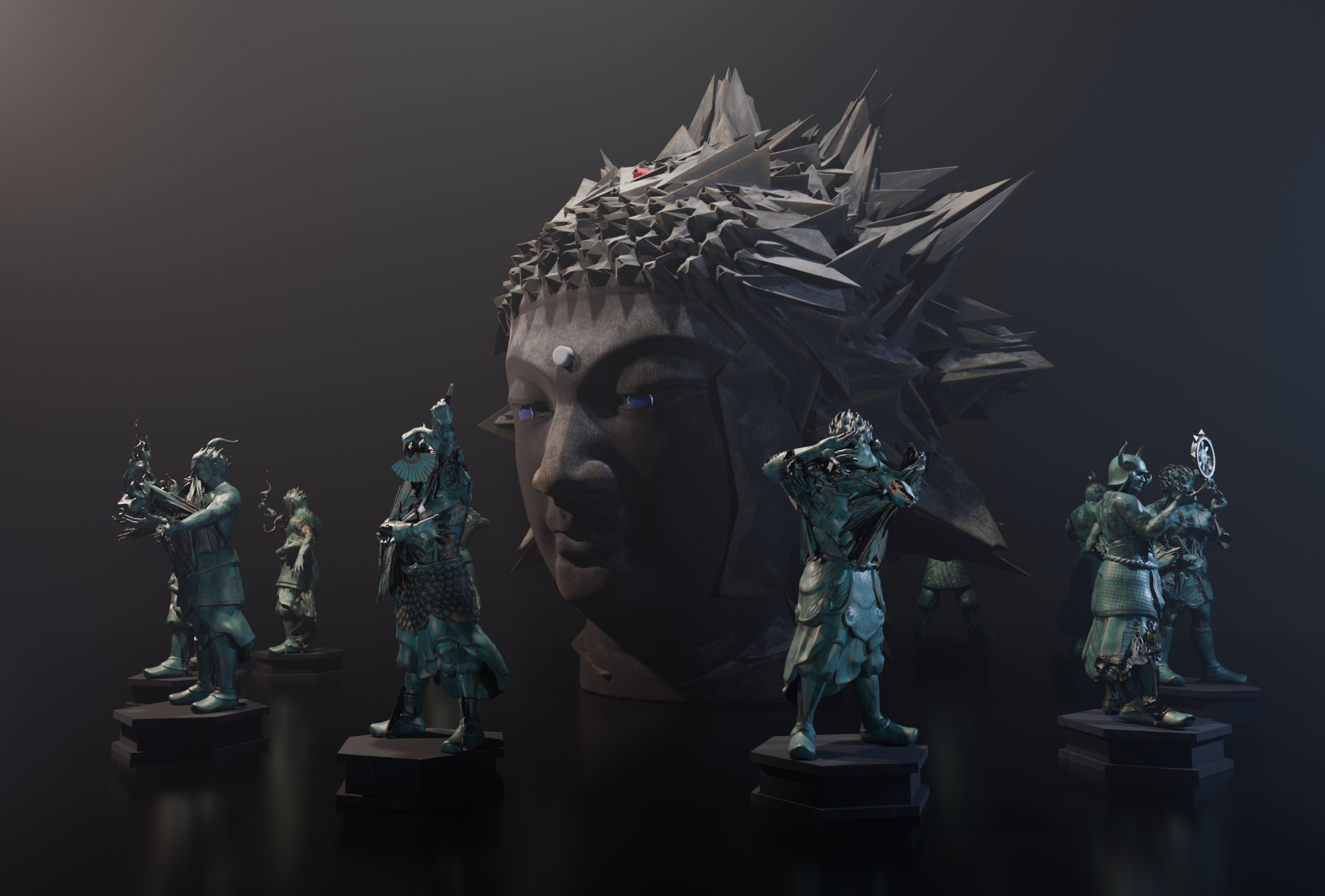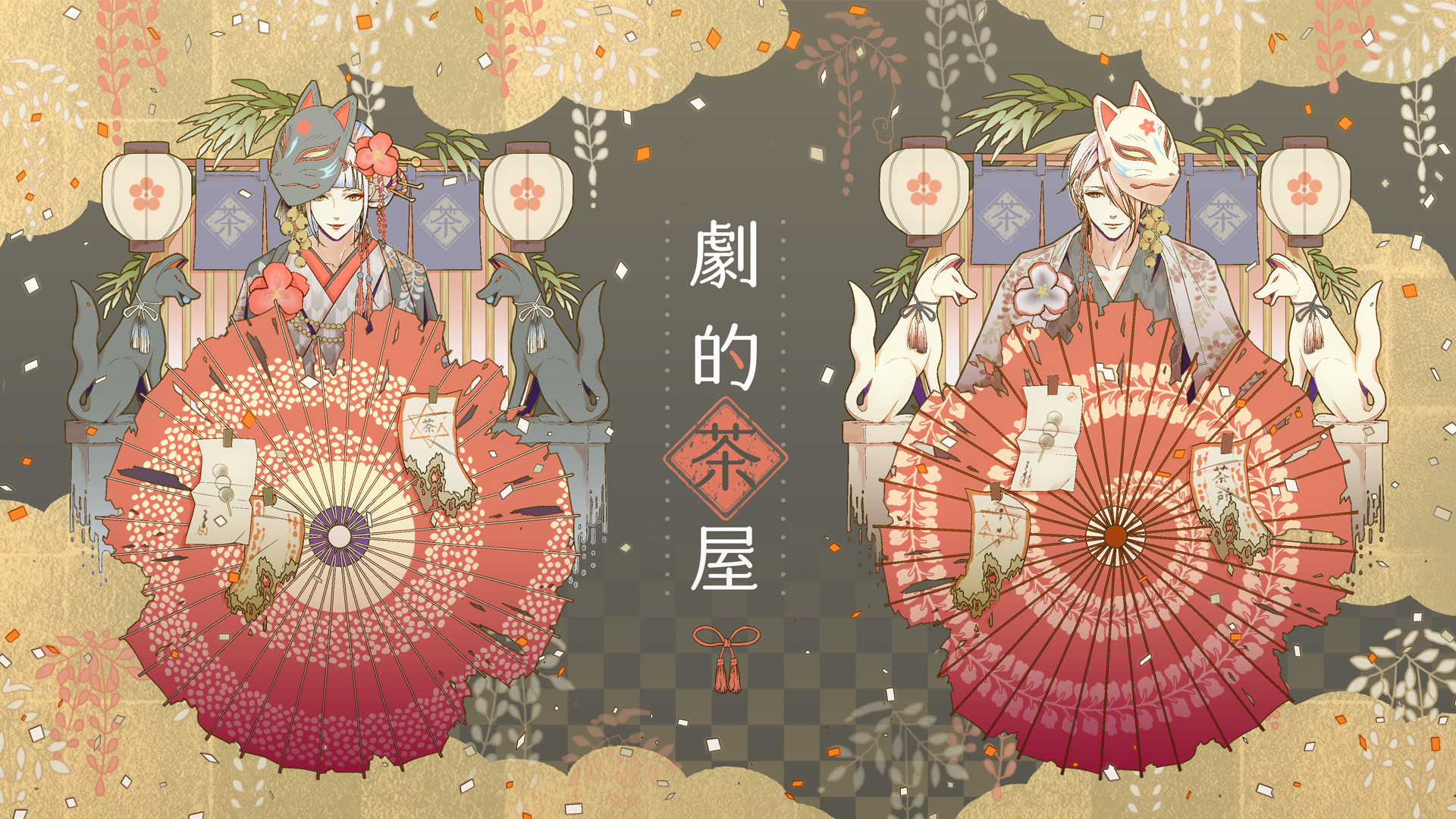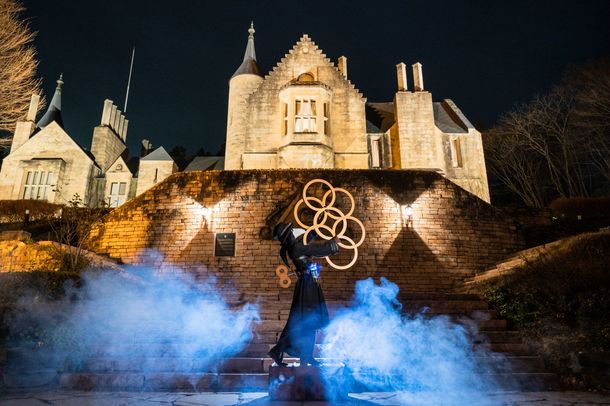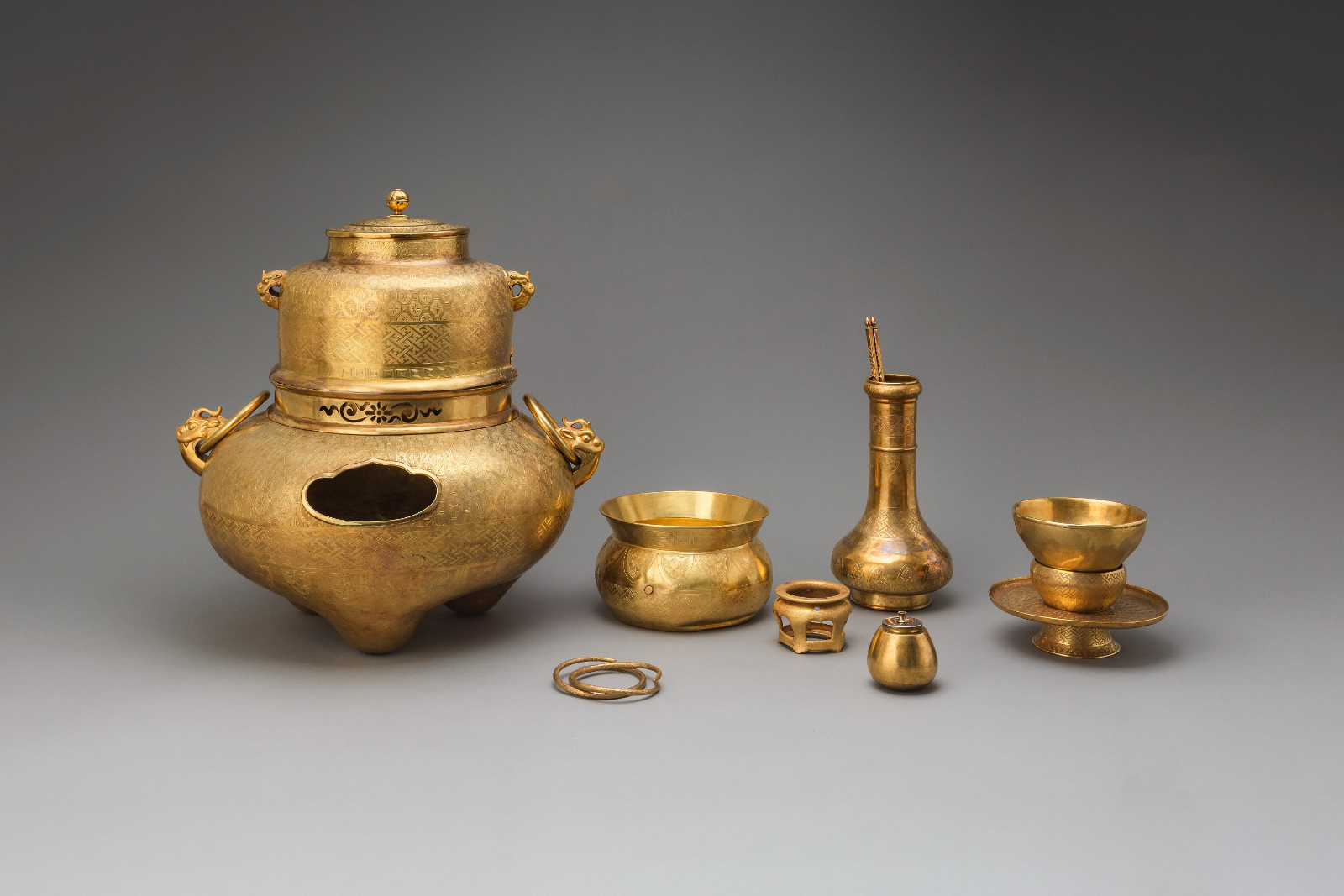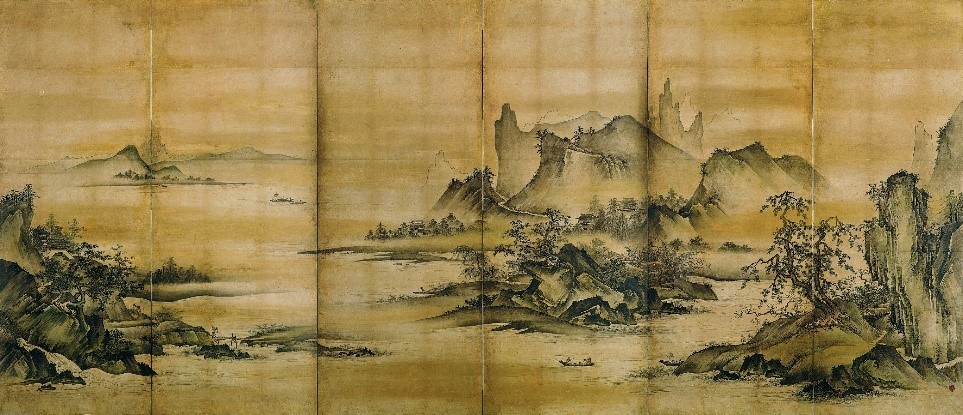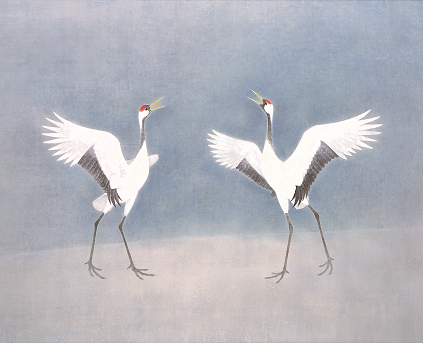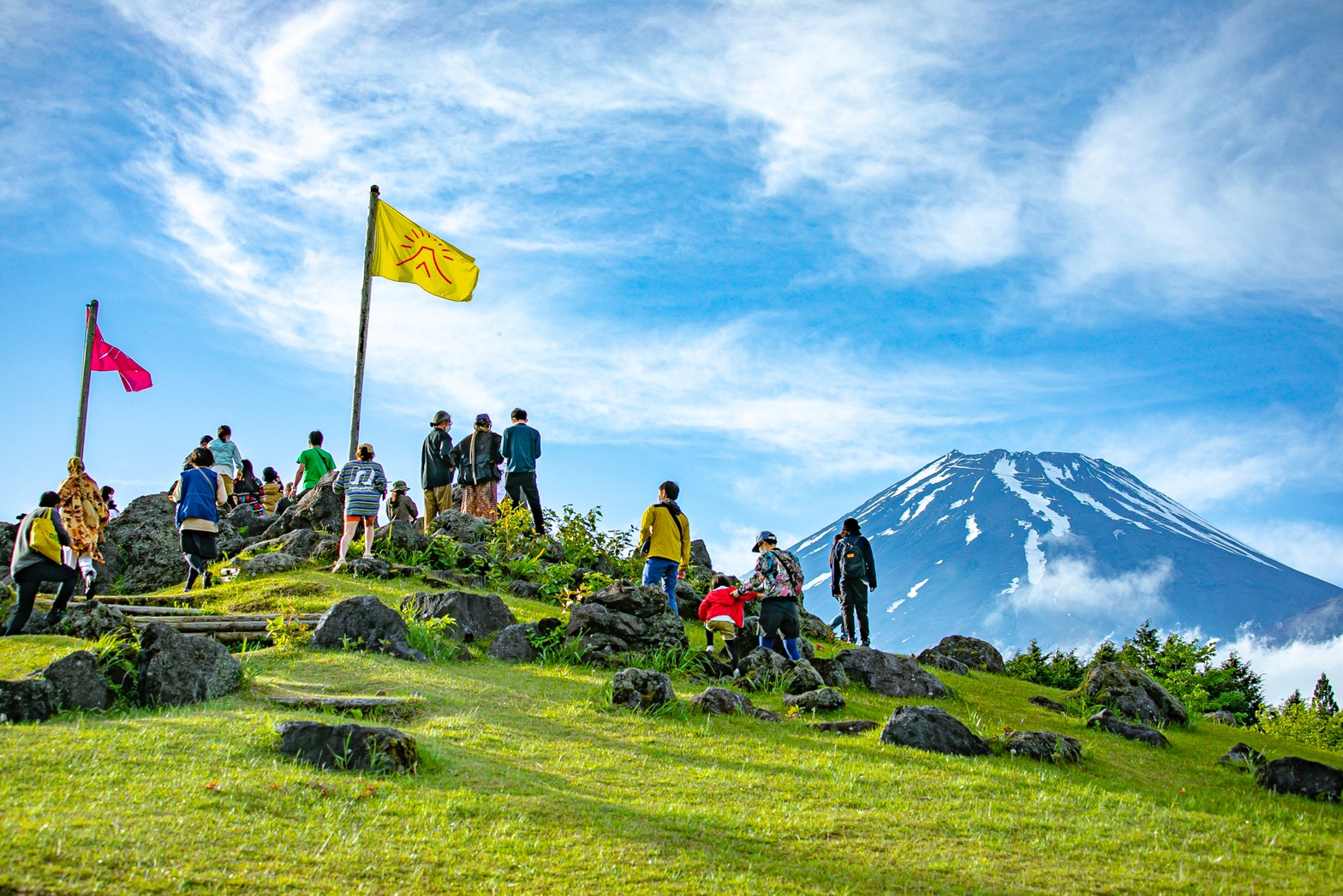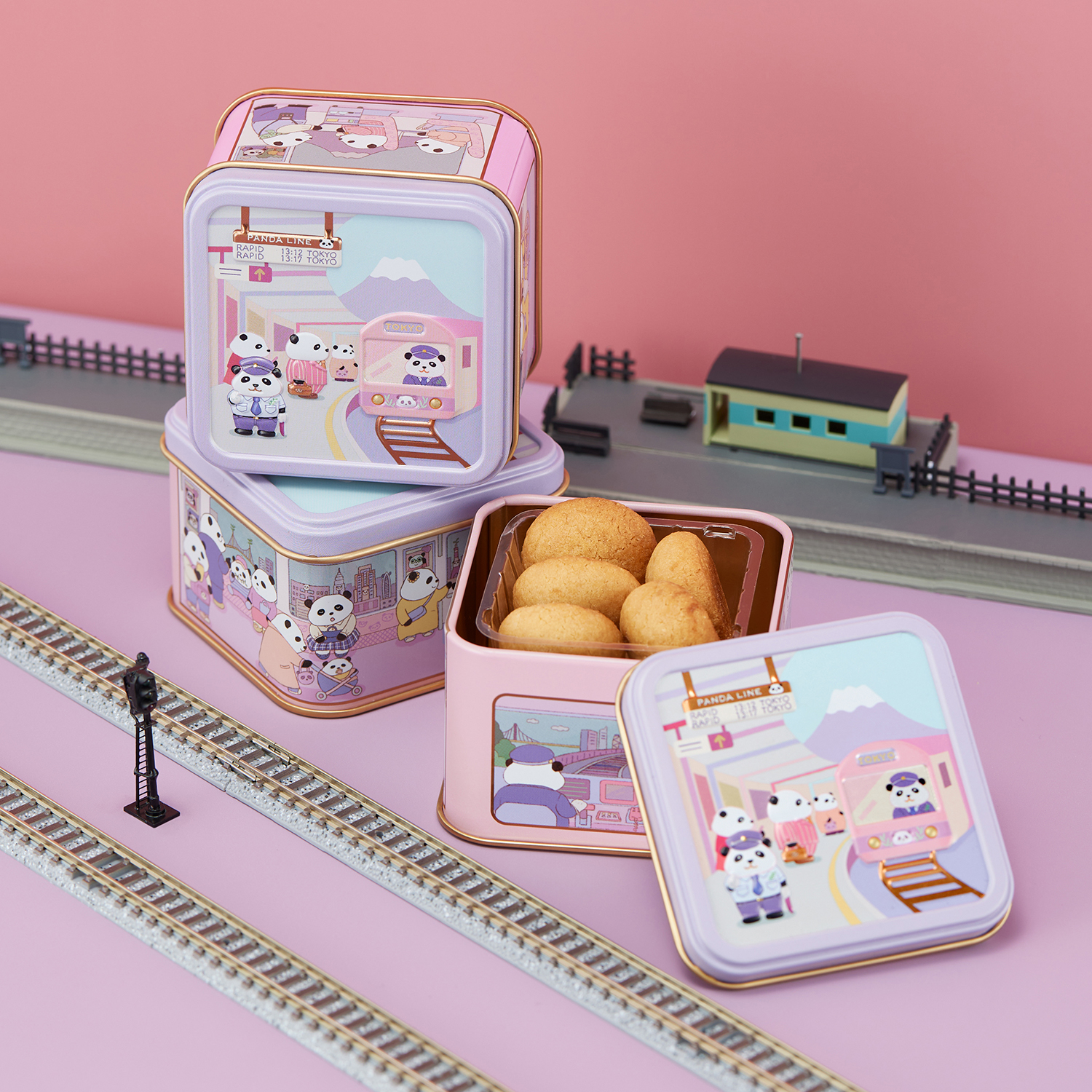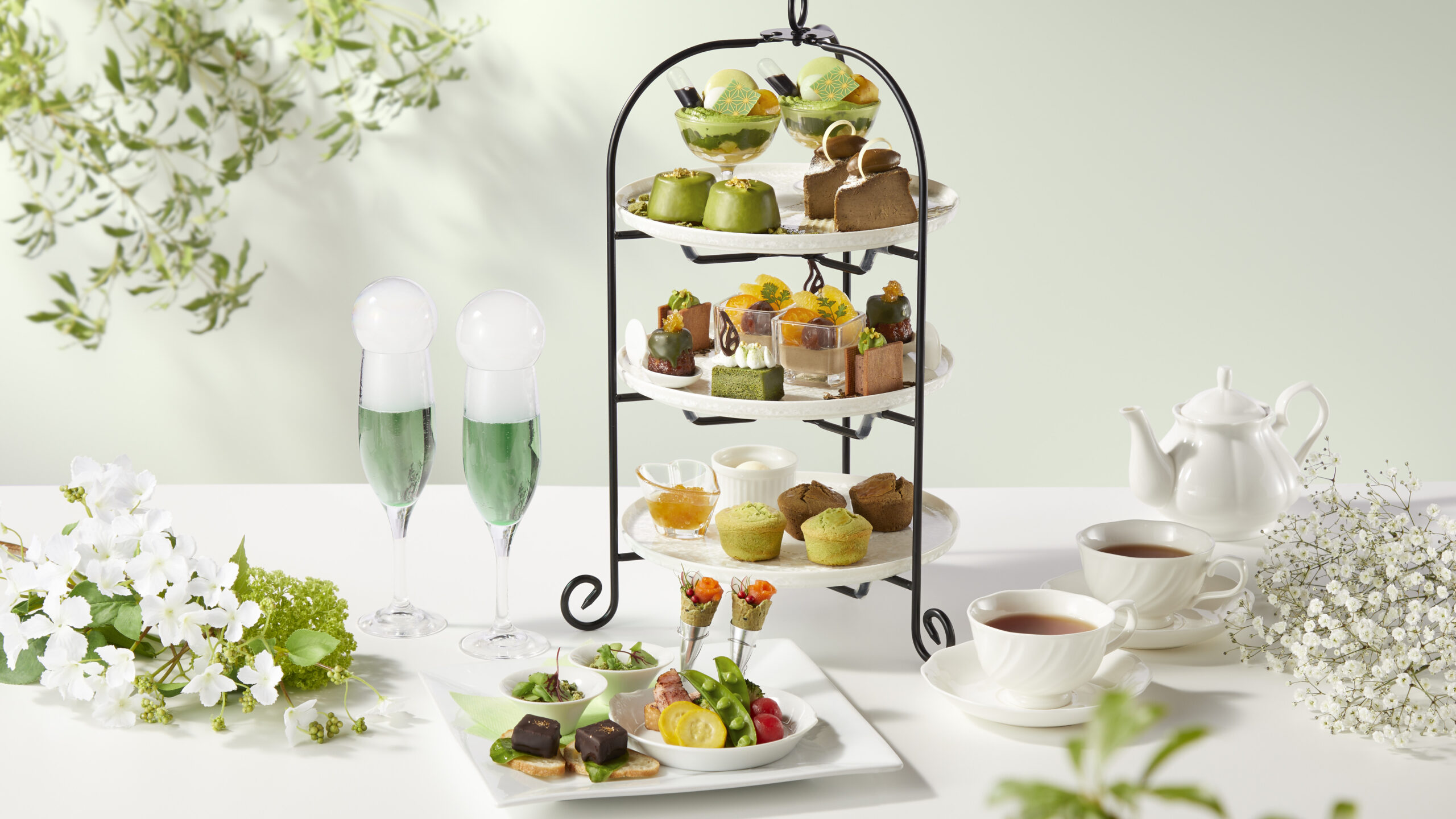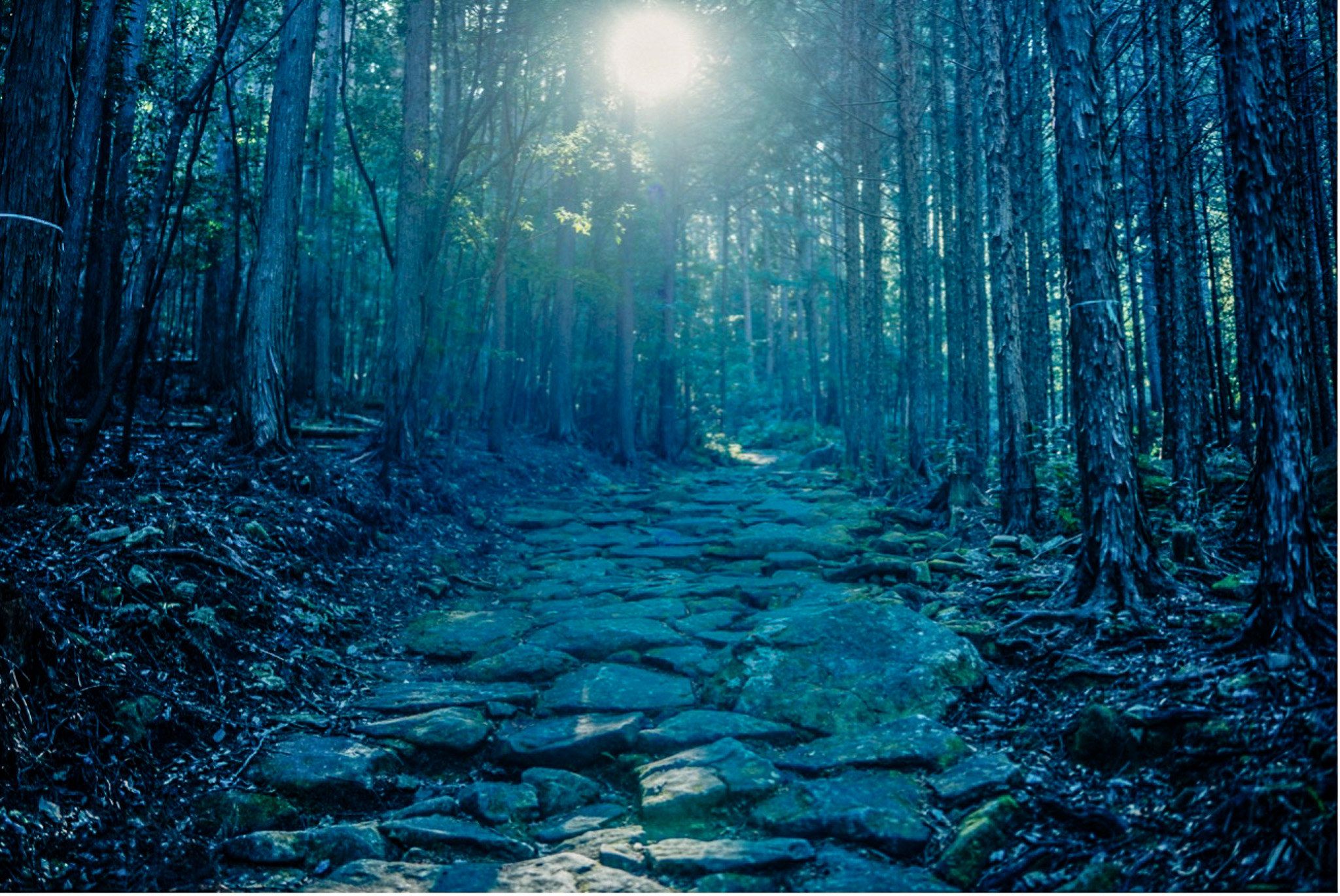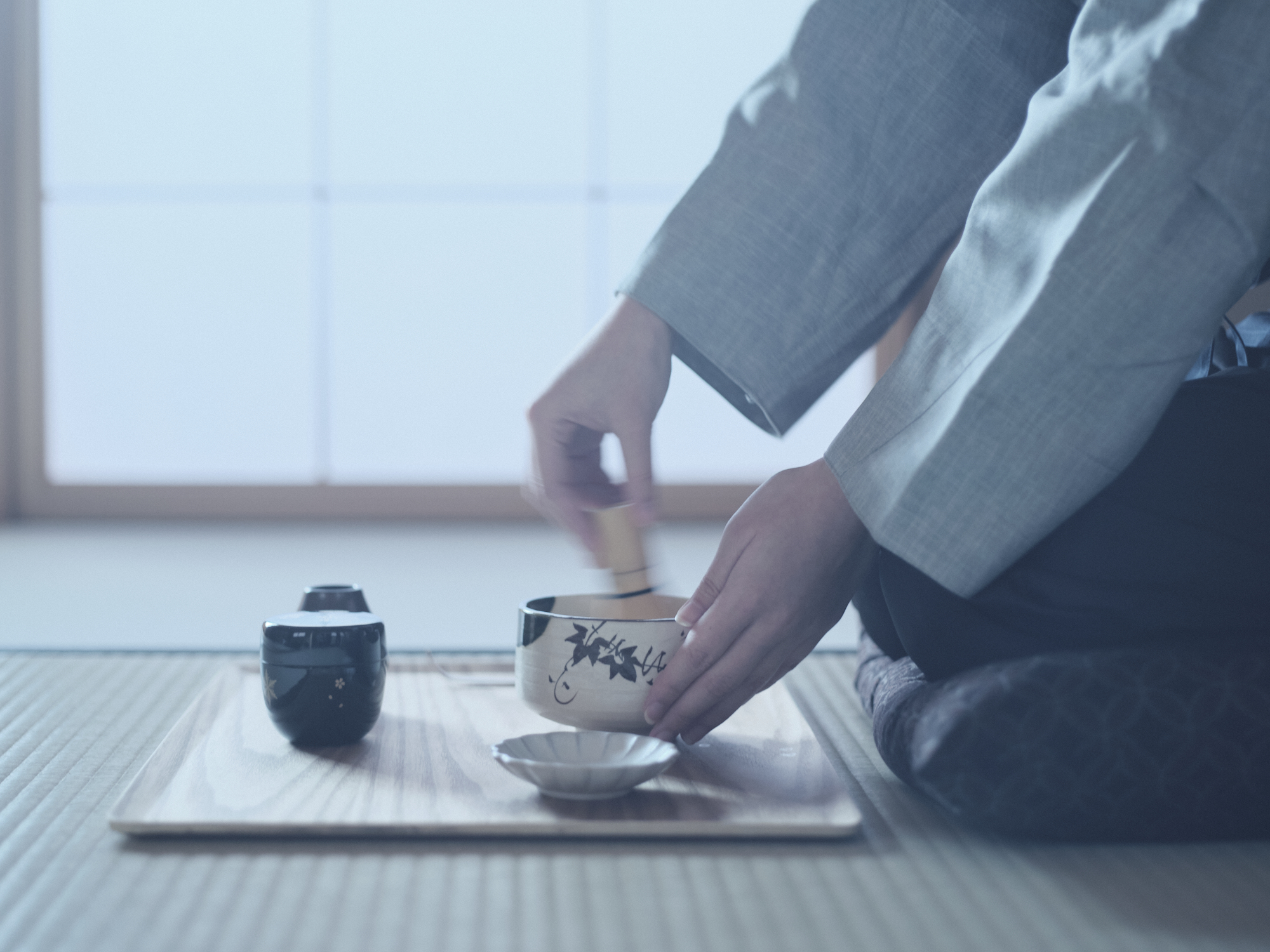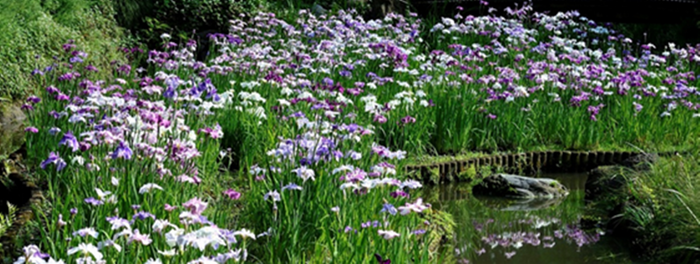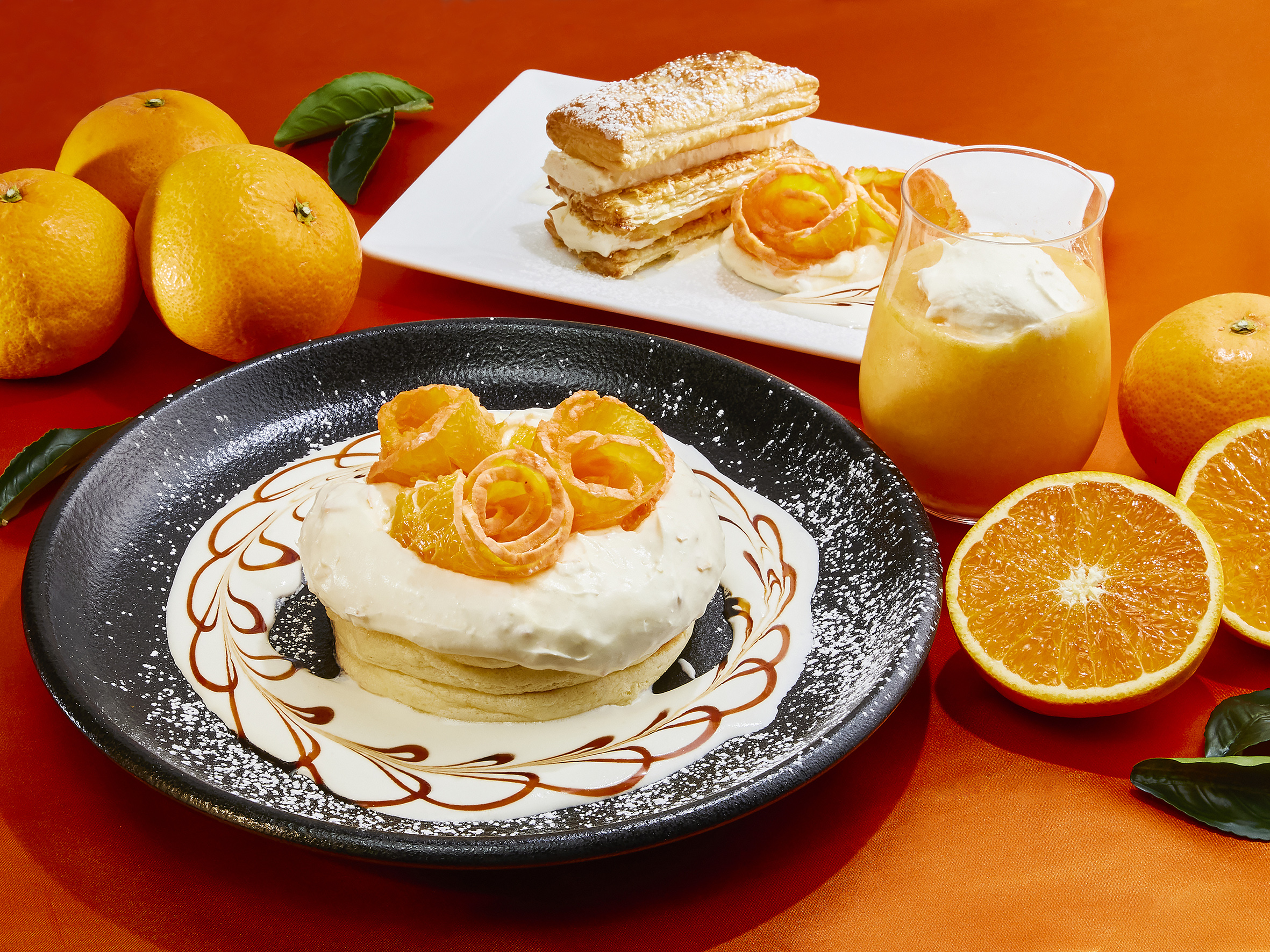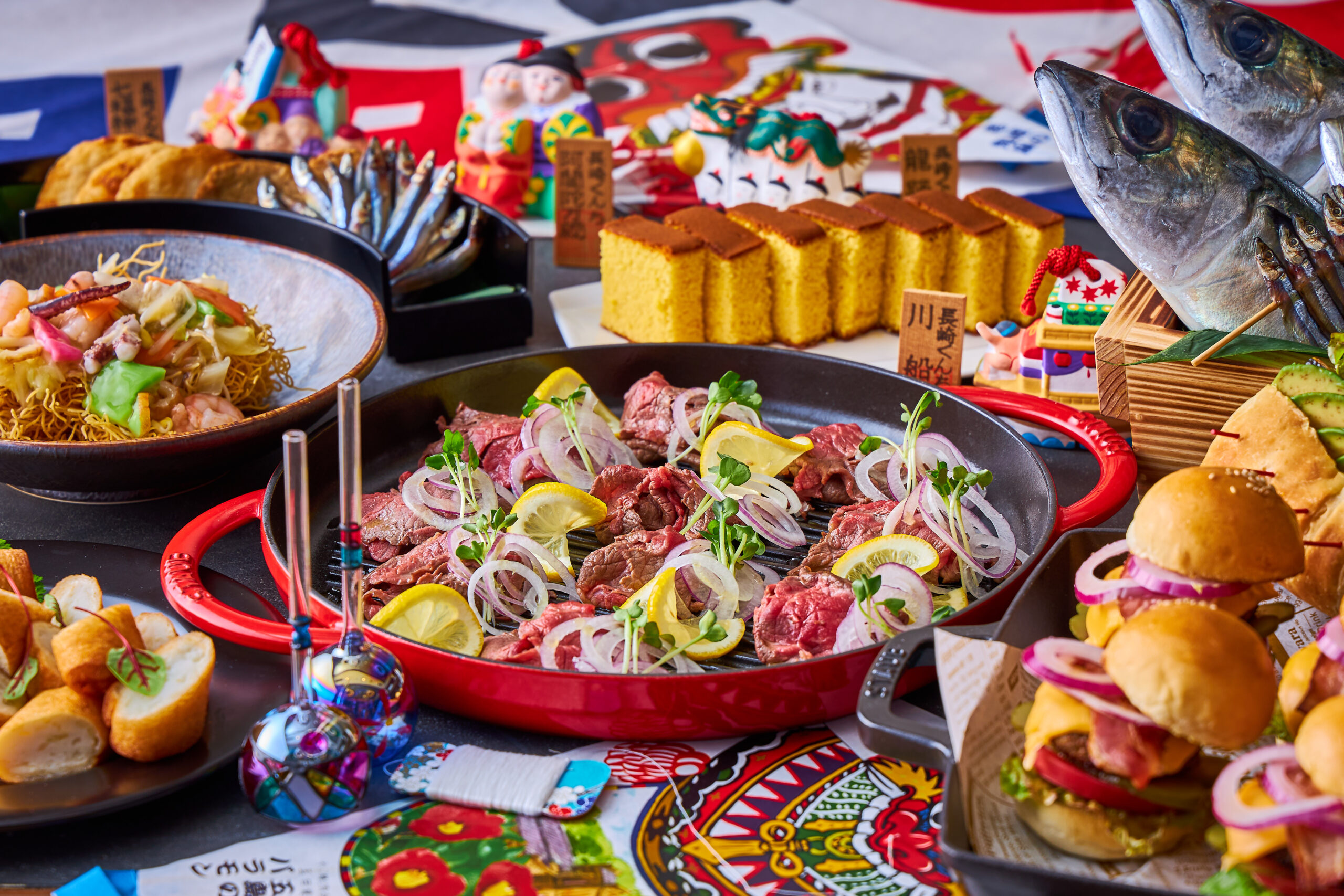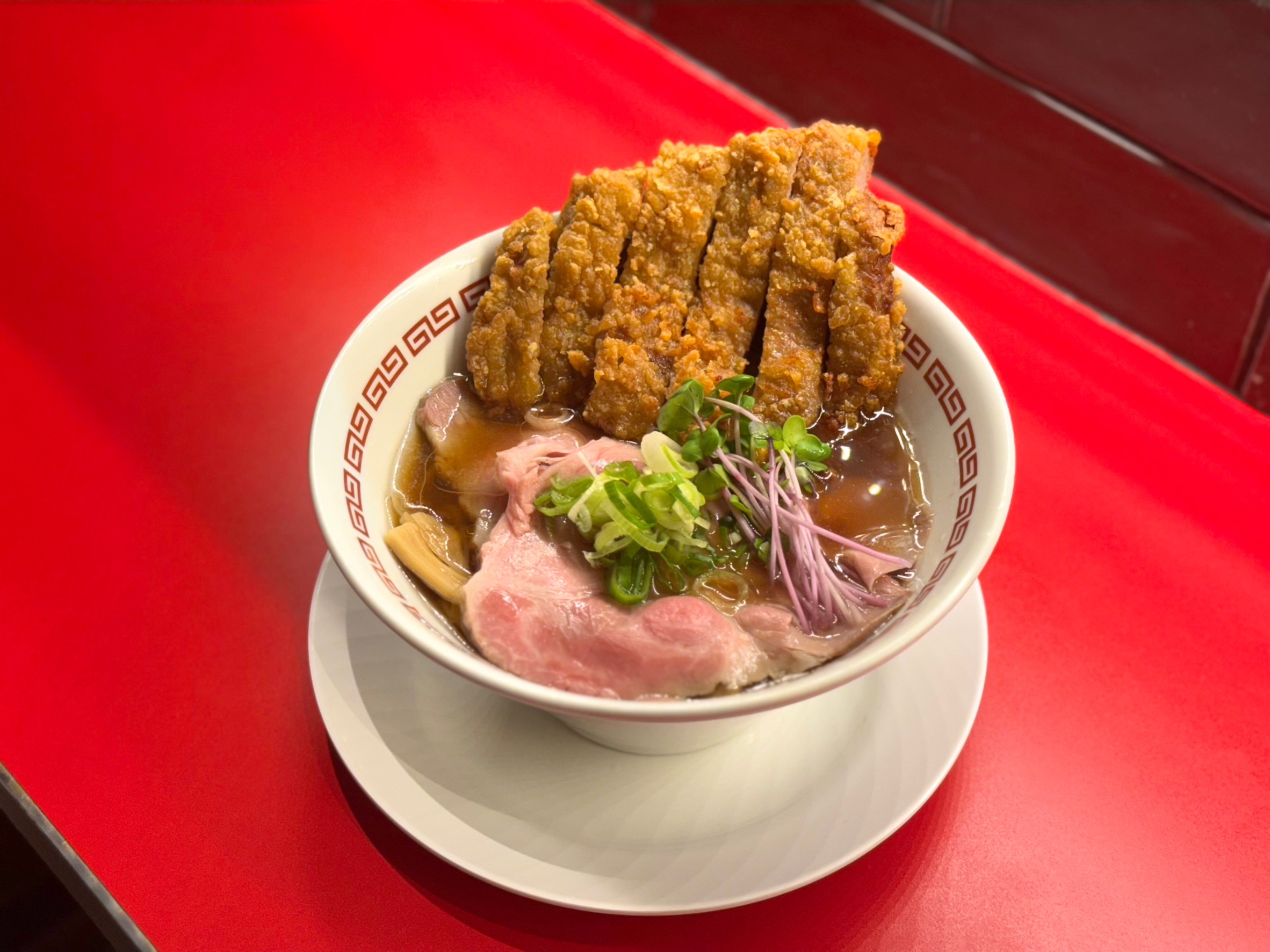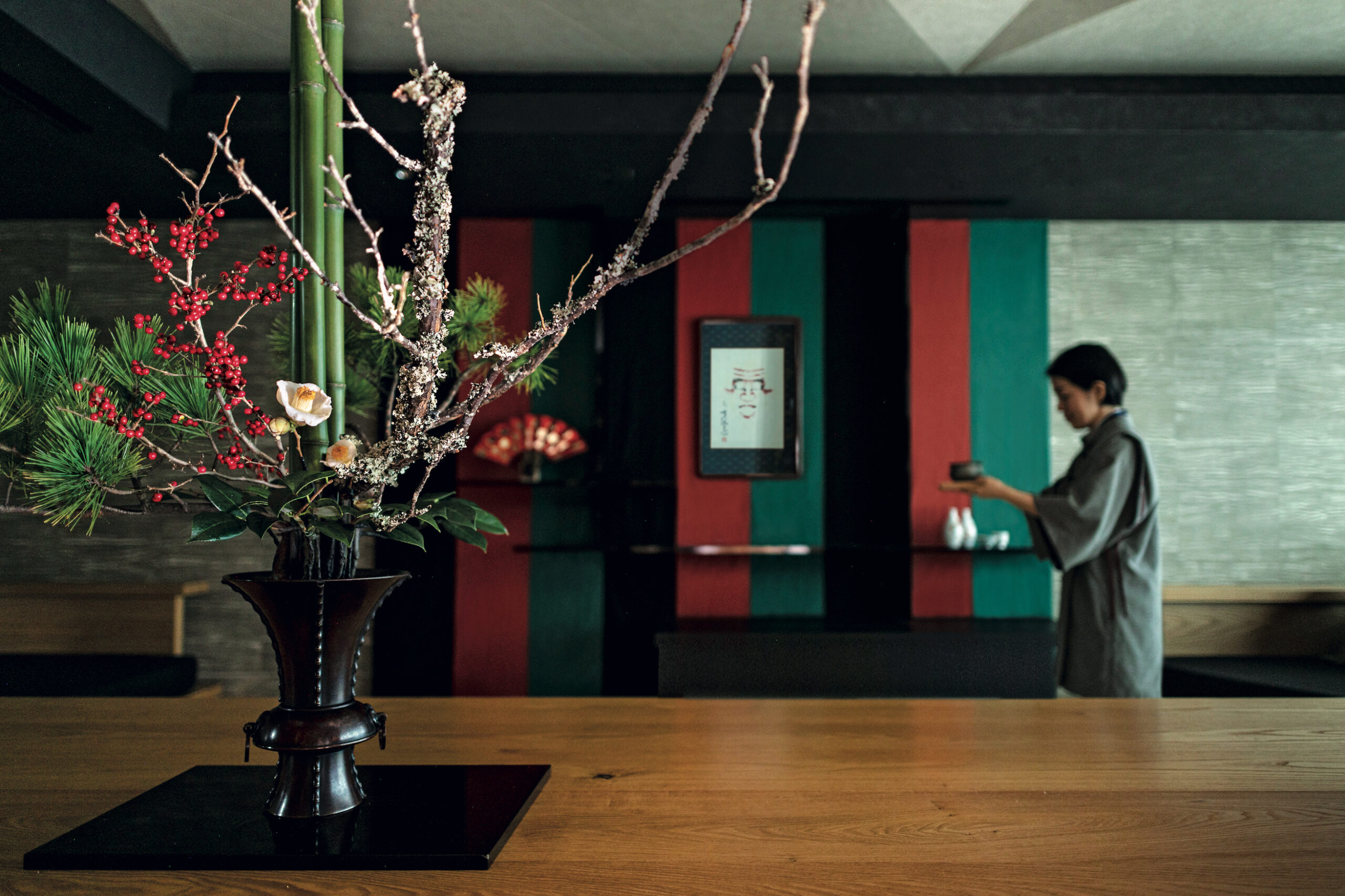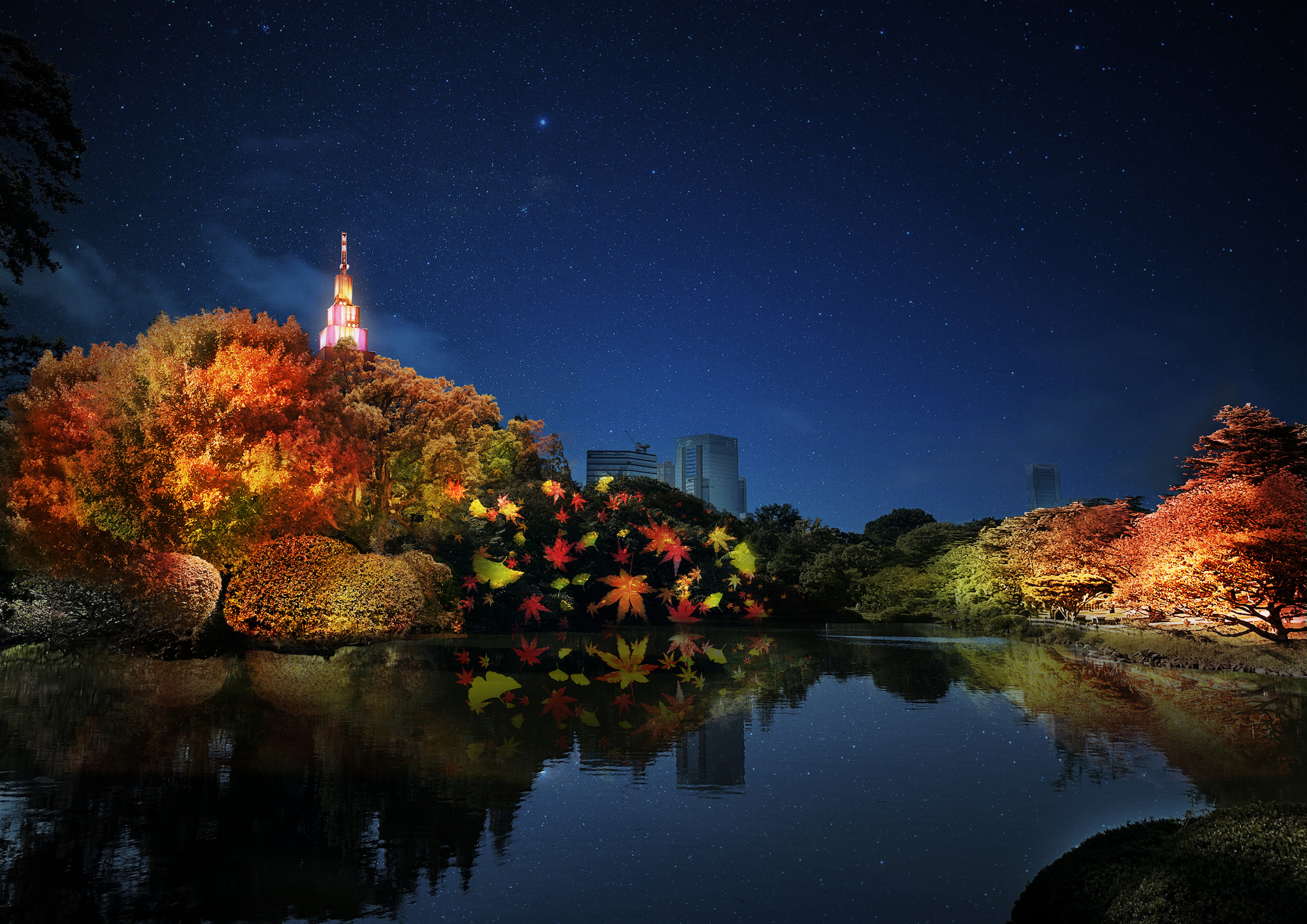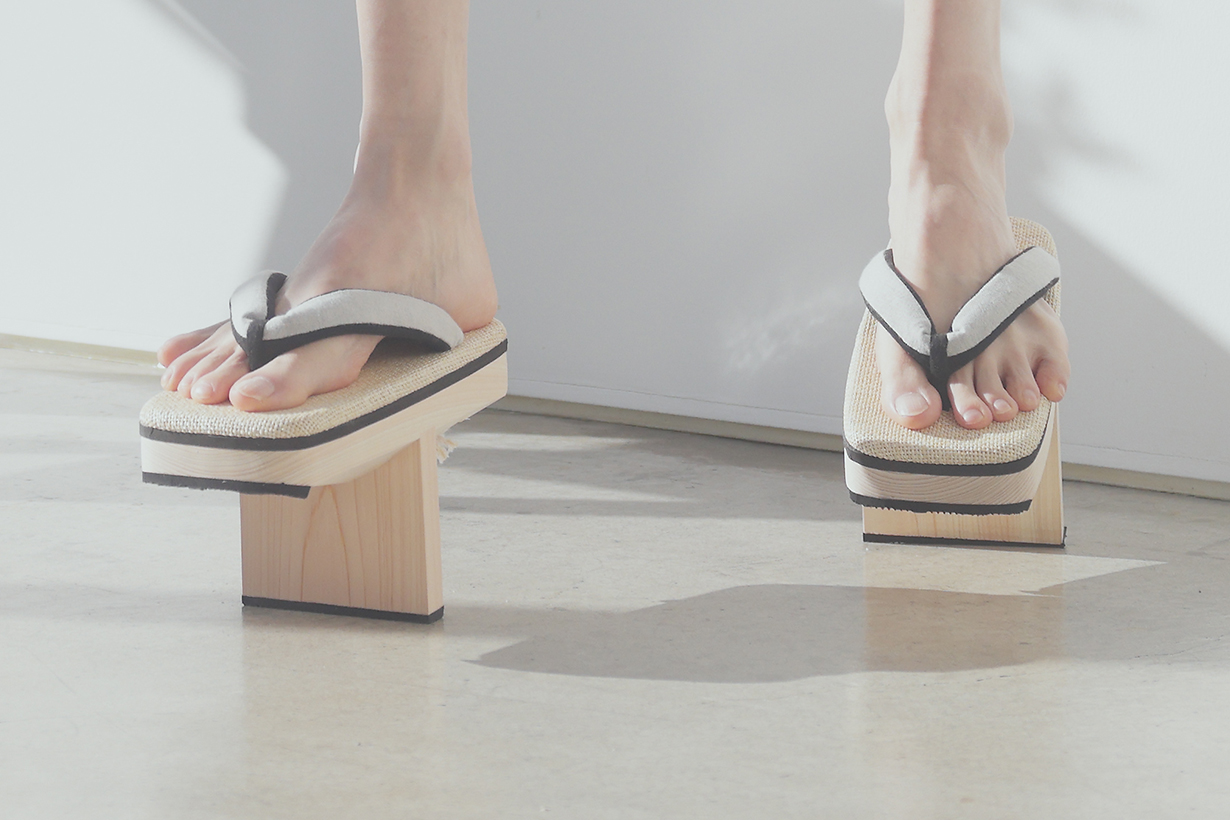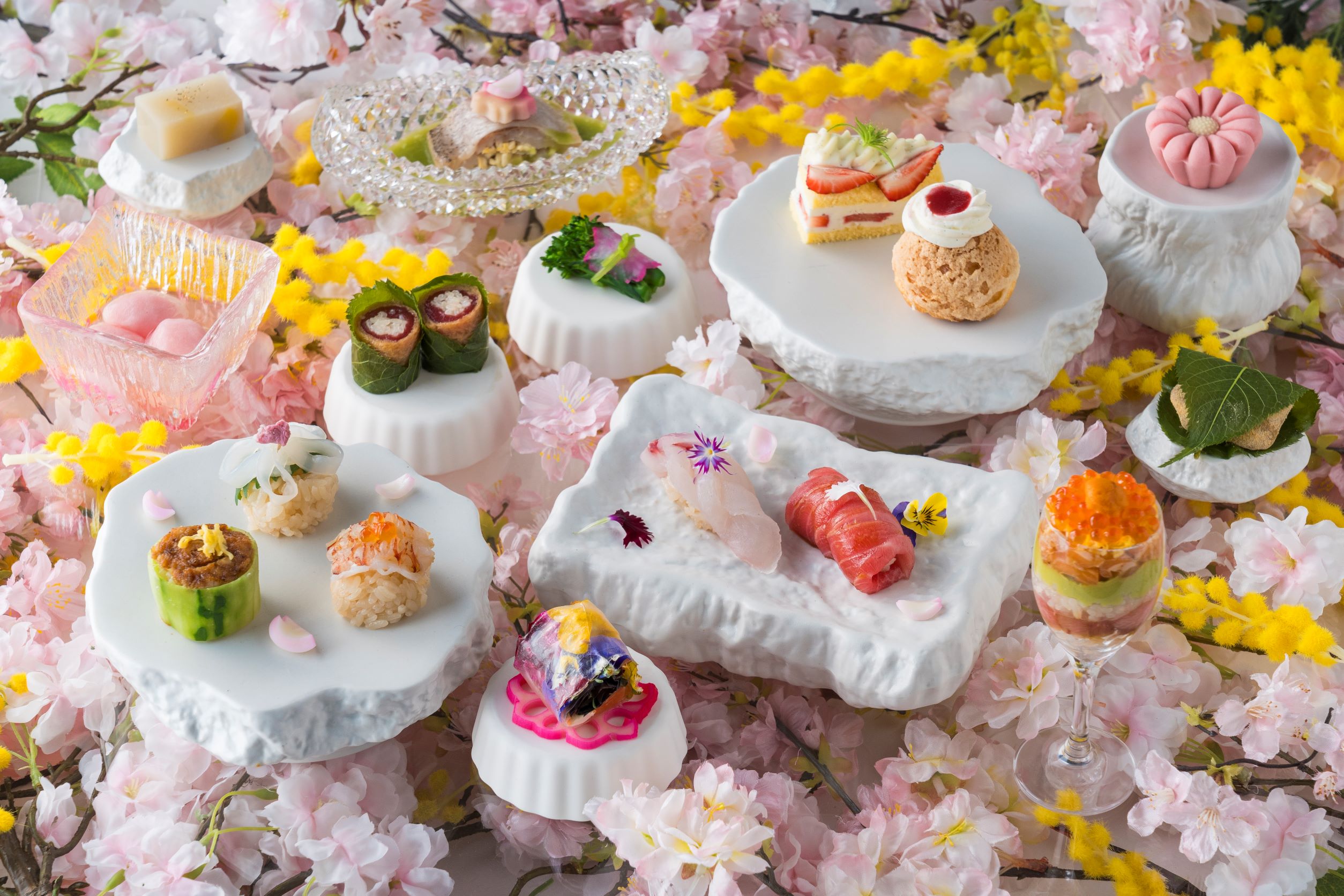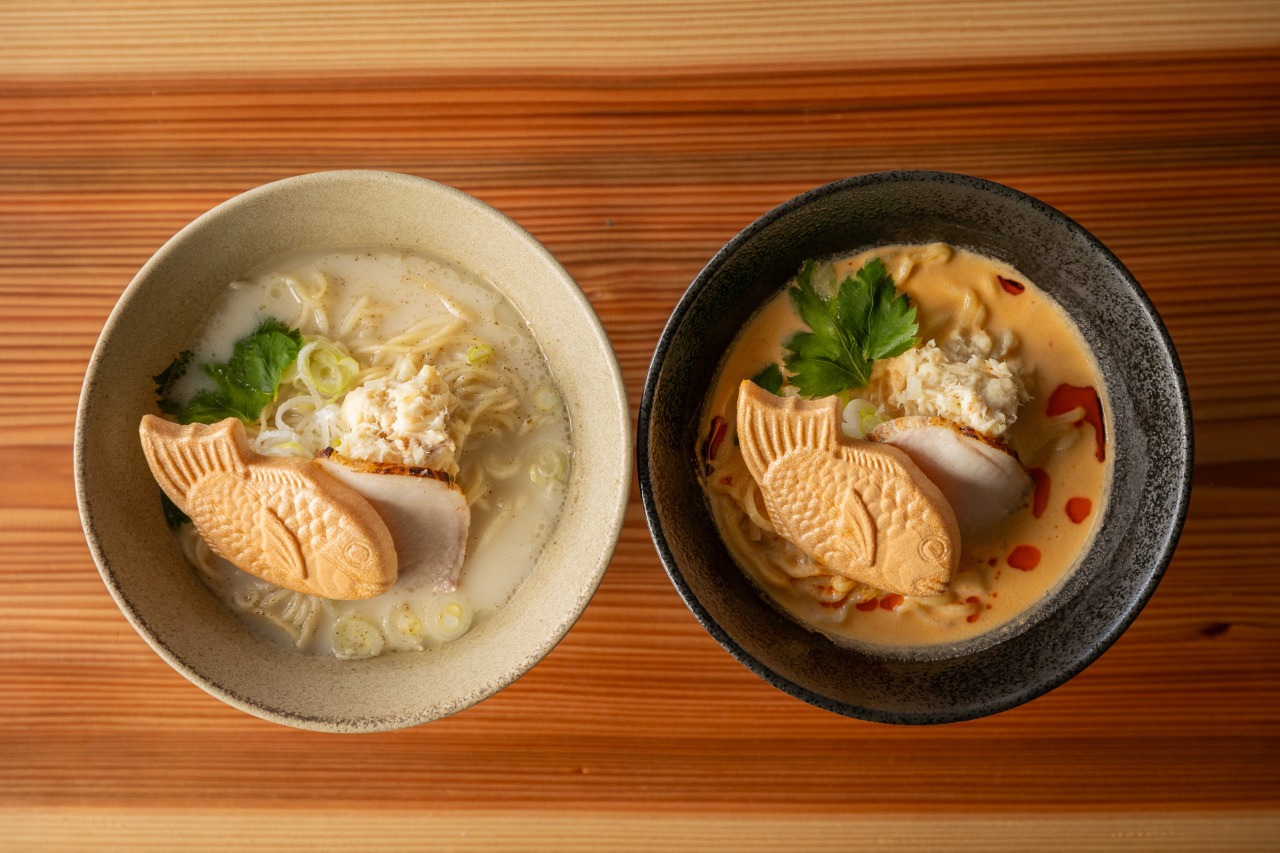Special feature "First time in the museum, this year is the 150th anniversary of Tohaku! Congratulations Tiger !!"
January 2 (Sun) -January 30 (Sun) Main Building Special 1 Room / Special 2 Room
In connection with the zodiac, we will pay attention to works that represent tigers from East Asia to South Asia as well as Japan.
Since ancient times, tigers have appeared in many works as animals that reject evil spirits and as images that show excellent heroism. Furthermore, during the Edo period, realistic sketches were also left from a natural history perspective.
On the other hand, if you look at the tigers in Southeast Asia and South Asia, you can see unique expressions such as physical characteristics and color schemes that are a bit different from those in Japan.
2022 marks the 150th anniversary of the opening of the museum. Various tigers are celebrating the New Year lively for the future of Tohaku with you.
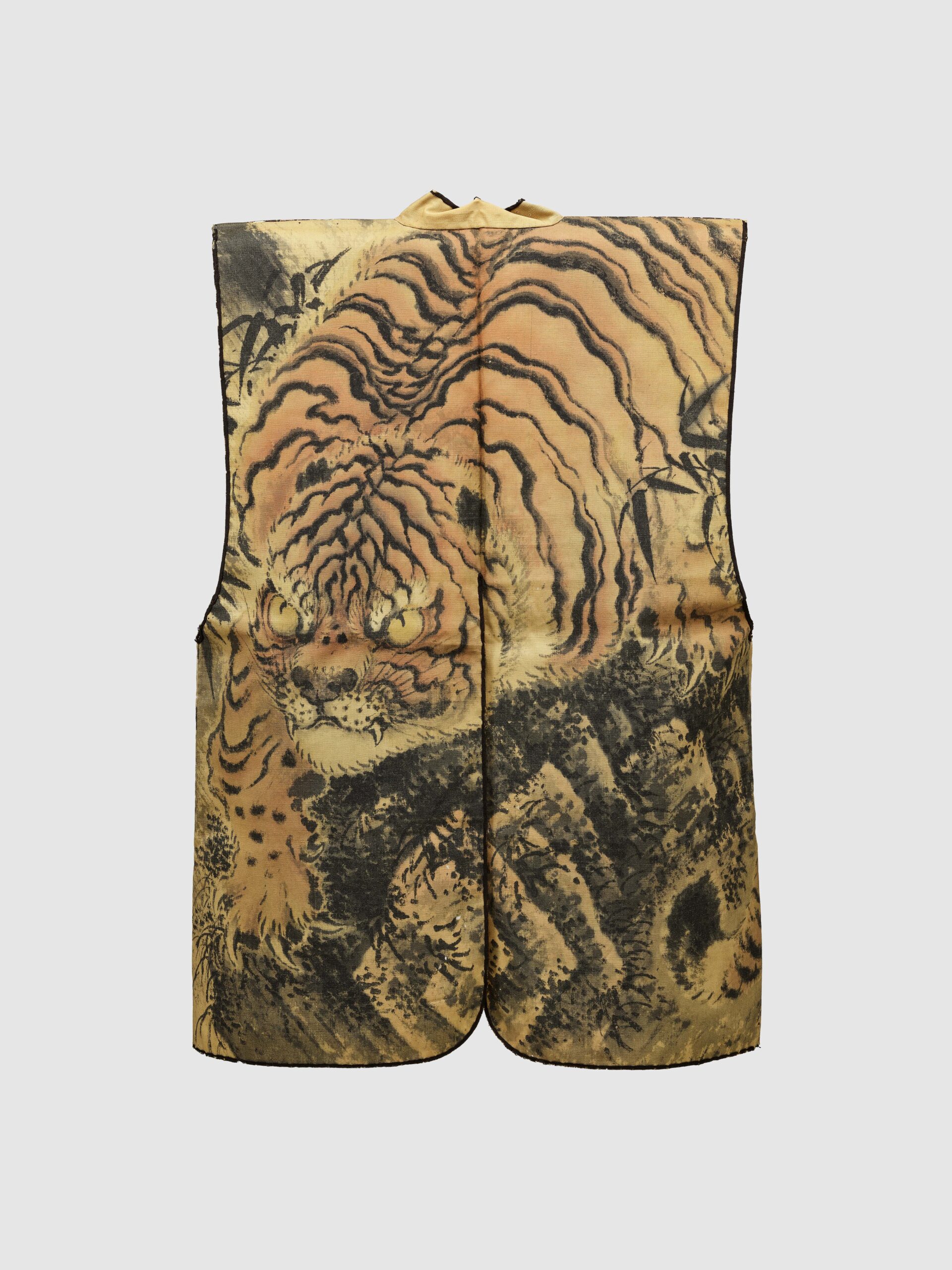
Jinhaori Hakugo Clothes Renchi Tiger Pattern Drawing

Ryutorazu Folding Screen (left ship)
Ryutorazu Folding Screen (left ship)
Chokuan Soga, Azuchi-Momoyama-Edo period, 17th century
Draw a tiger that emerged from a bamboo grove. It is a force that seems to pop out from the screen
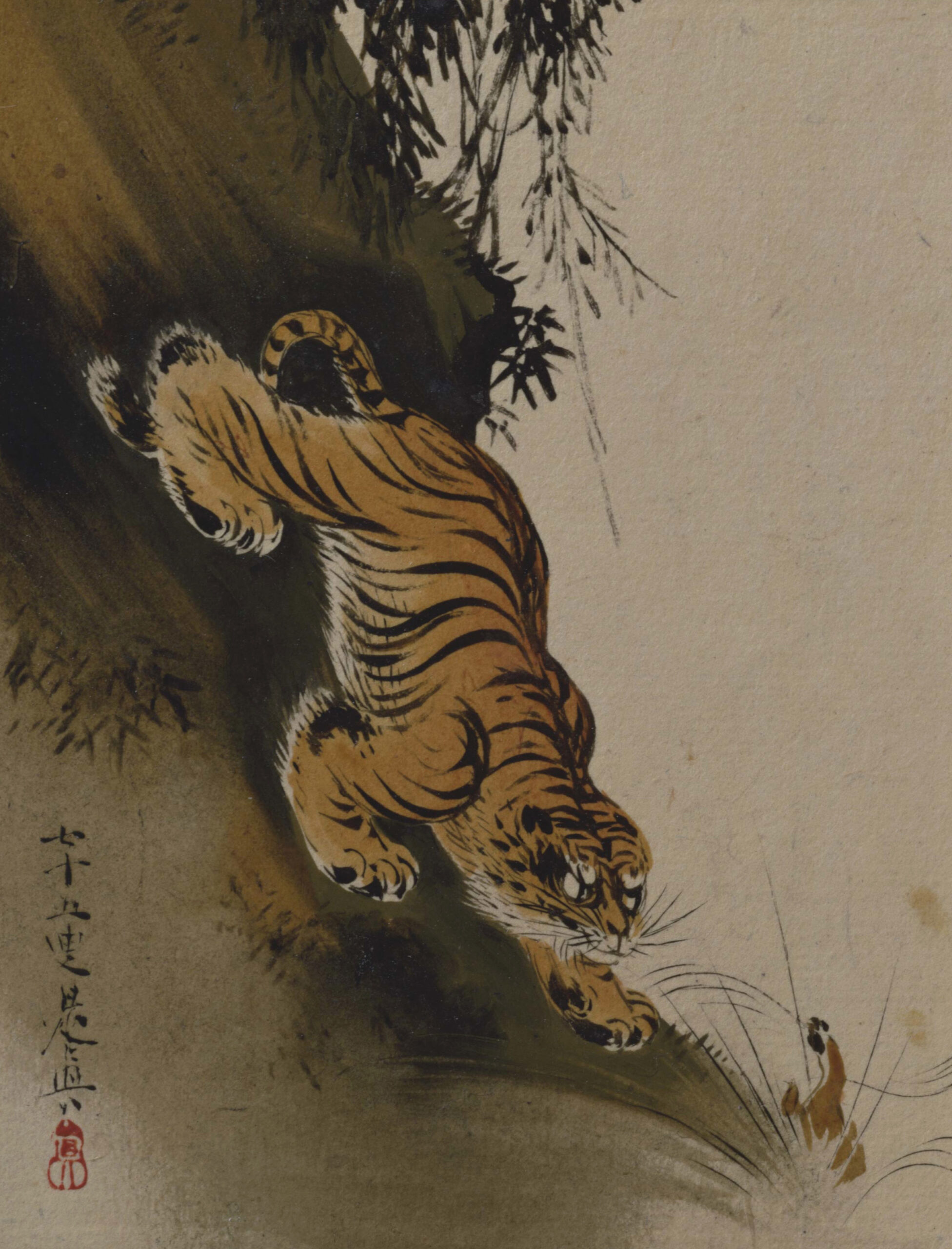
Lacquer painting book
Lacquer painting book
Shibata Zeshin, Meiji era, 19th century
A painting drawn by master craftsman Koshima with lacquer. You can see the clear skill on the stylish screen

Museum sketch (tiger skin)
Museum sketch (tiger skin)
Edo-Meiji period, 19th century
The size of the tiger skin is noted on the sketch, and the distance from the tip of the nose to the tail is about 2m50cm.
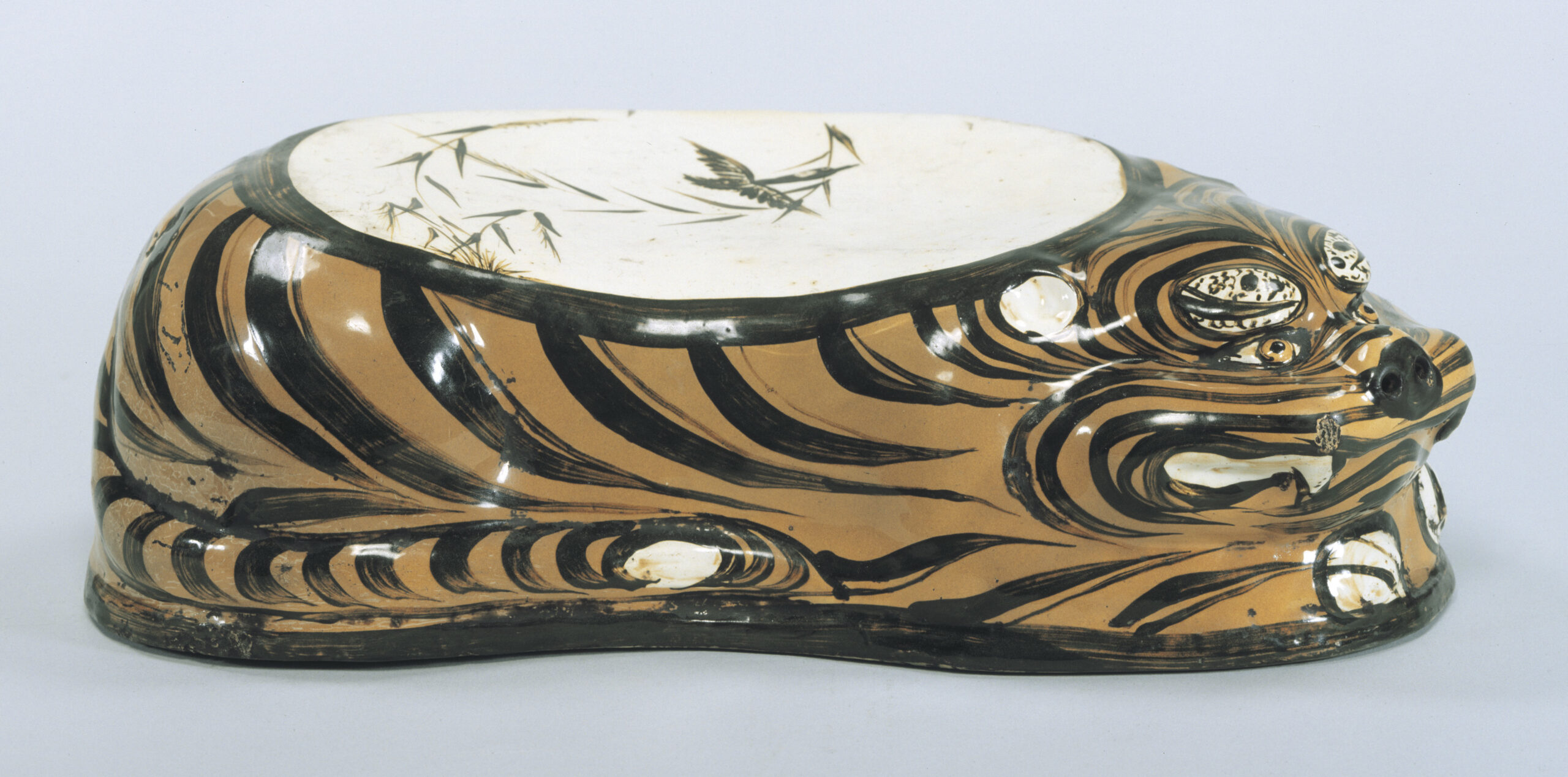
White glaze iron painting tiger-shaped pillow
White glaze iron painting tiger-shaped pillow
Cizhou ware, China Gold-former era, 12th-13th centuries
Donated by Tamisuke Yokogawa
The body of the tiger is made up of white makeup on the base, and is represented by brown glaze and iron painting. A ceramic pillow with a talisman wish
New Year auspicious work introduction
In the main building, works selected to celebrate the arrival of the New Year will be exhibited.
[Main exhibits]
* All the exhibited works are in the collection of the Tokyo National Museum.

Shorin-zu byobu
National Treasure Shorin-zu byobu
Hasegawa Tohaku, Azuchi-Momoyama period, 16th century
Main Building 2 Room (National Treasure Room) [January 2 (Sun) -January 16 (Sun)]
Speaking of our New Year, this work! Please experience the exquisite atmosphere

Kokin Wakashū (former Nagamoto) Shimocho
National Treasure Kokin Wakashū (former Nagamoto) Shimocho
Heian period, 12th century, donated by Takahiro Mitsui
Main Building 3 Room [January 2nd (Sun) -January 16th (Sun)]
Please pay attention to the beauty of continuous cotton and margins unique to Japanese books.
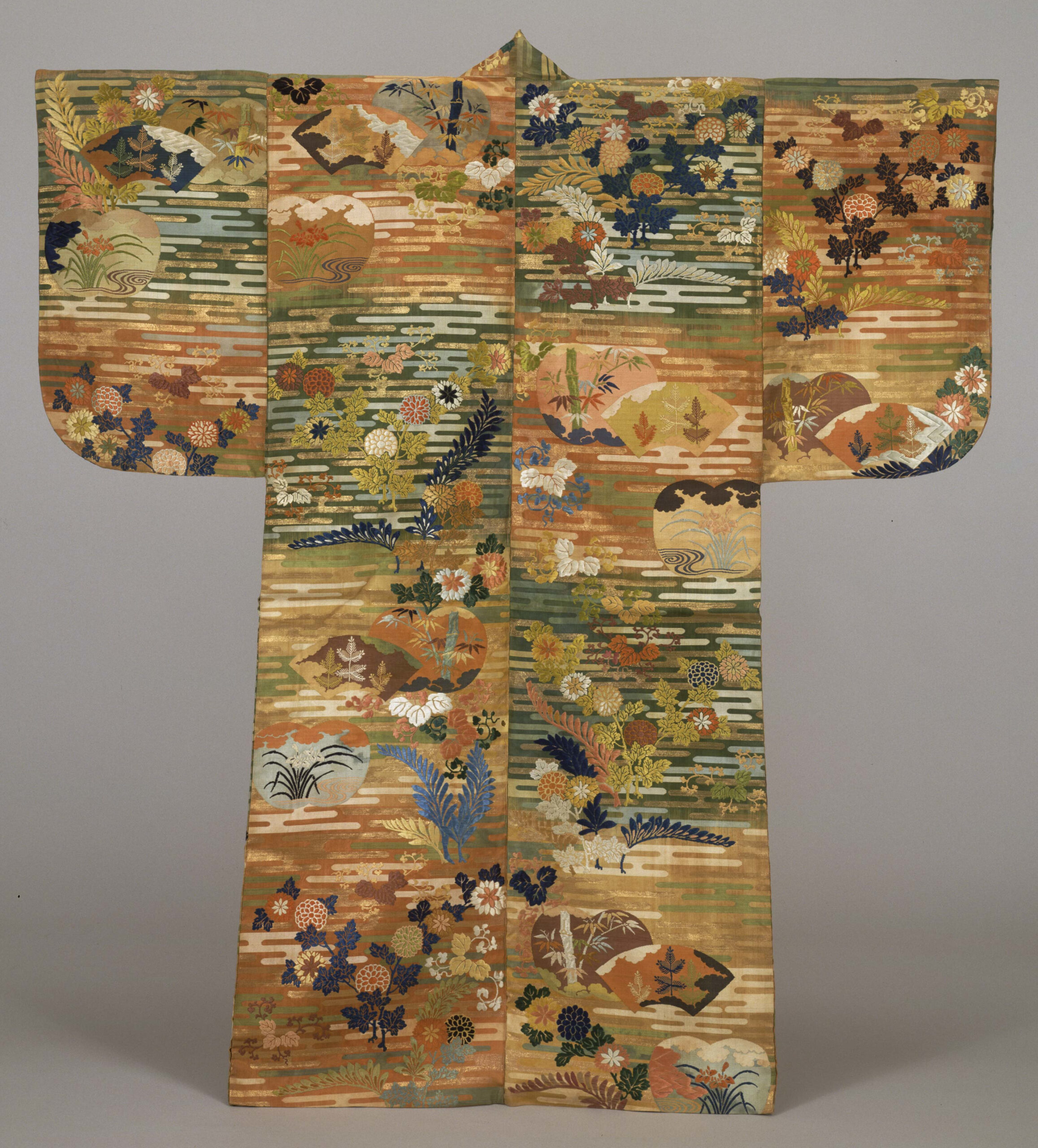
Karaori light brown red green step Kasumi chrysanthemum paper pattern
Karaori light brown red-green step Kasumi Kikuji paper pattern
Introduced to the Konparu family in Nara Edo period, 18th century
9 rooms in the main building [January 2nd (Sun) -March 6th (Sun)]
It is a Noh costume with auspicious patterns such as a fan shape that spreads toward the end, bamboo and Wakamatsu.
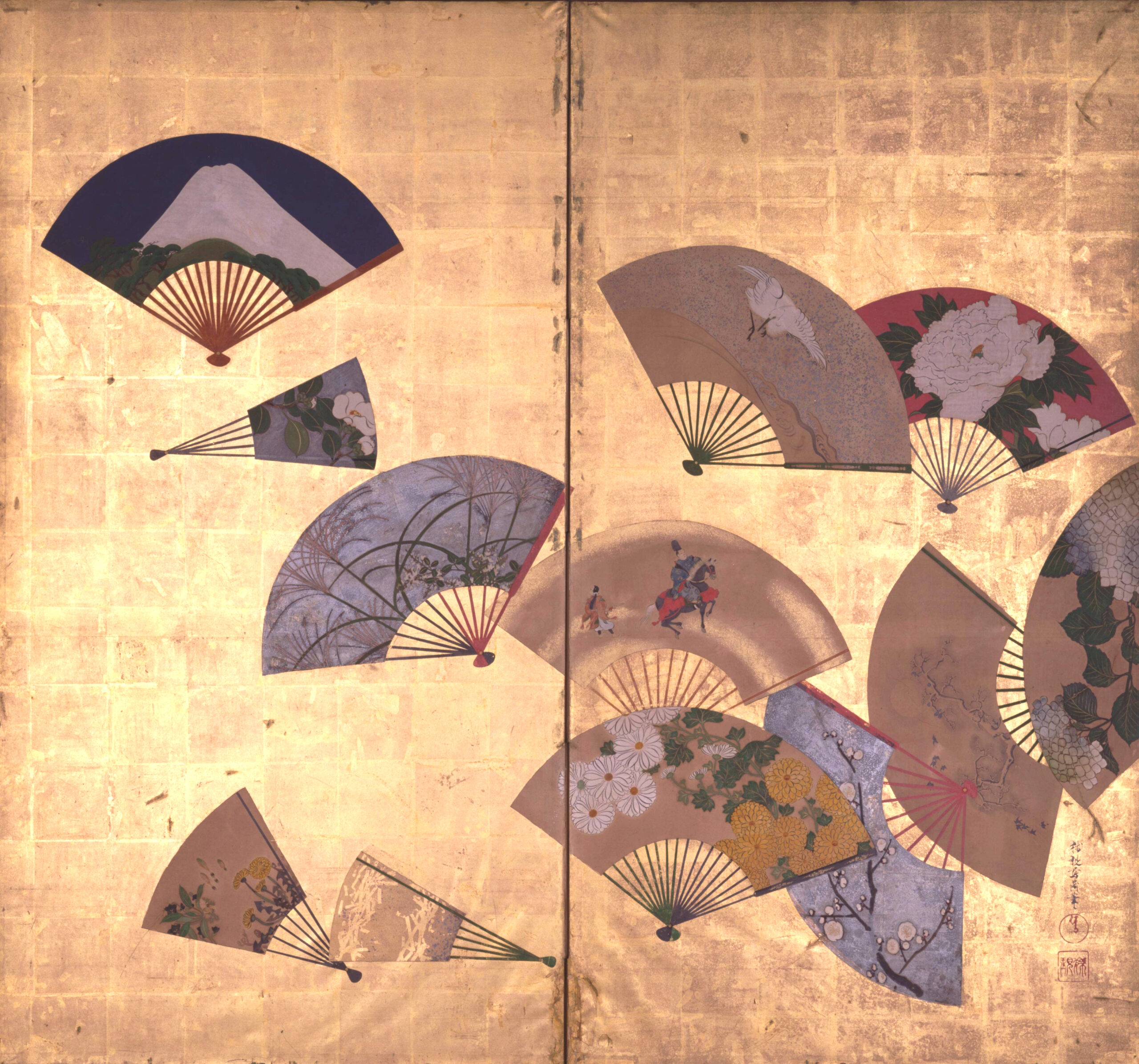
Mt. Fuji flower drawing fan surface folding screen
Mt. Fuji Flower Figure Fan Folding Screen
Sakai Oho brush, Edo period, 19th century
7 rooms in the main building [January 2nd (Sun) -February 6th (Sun)]
A fan brightly colored with Mt. Fuji and flowers and birds dances on the gold ground while representing the four seasons.

One Hundred Famous Views of Edo
One Hundred Famous Views of Edo / Sugatefu
Hiroshige Utagawa, Edo period, Ansei 3 (1856)
10 rooms in the main building [January 2nd (Sun) -January 30th (Sun)]
The Echigoya depicted in this work are the current Nihonbashi Mitsukoshi and the Mitsui Main Building, where the Mitsui Memorial Museum is located.
New Year event
Ikebana
January 2nd (Sun) -January 16th (Sun)
Main gate, main building entrance, main building grand staircase, Mr. Yumi Yamane, Mao style
TNM & amp; TOPPAN Present from Museum Theater
January 2nd (Sun) and 3rd (Mon)
There is a gift for those who watched the VR work.
> Click here for details
New Year’s gift from the museum shop
January 2nd (Sun) and 3rd (Mon)
Customers who purchase a total of 3,000 yen (tax included) or more at all museum shops of the Tokyo National Museum will receive museum shop goods as a gift. (It will end as soon as both days are gone. Shopping at all museum shops of the hotel is eligible, delivery is only available at the museum shop of the main building)
* The art book bargain sale that was held every year will be canceled this time.
Hotel Okura Restaurant Yuri no Ki offers discounts on meals
January 2nd (Sun) and 3rd (Mon)
Customers who spend 5,000 yen (tax included) or more on a tulip tree will receive a 10% deduction from the checkout.
Special visit to Kaneiji Temple Nemoto Nakado
January 2nd (Sun) and 3rd (Mon) 10: 00-15: 00
Nemoto Nakado Nakajin, the statue of the Four Tennos (a cultural property registered in Taito Ward), the statue of the Twelve Gods, and the treasure will be exhibited specially.
*The annual lion dance and Japanese drums will be canceled this time.
Visit information
It is recommended to make an online advance reservation (reserved-seat ticket) for admission.
Only on January 2nd (Sun) and 3rd (Mon), we will hand out a small number of reserved-seat tickets (9:30-12:30, 12:30-16:30) that are valid only on that day at the main gate. However, the planned number may end soon after the museum opens. After the distribution is complete, those who do not have a “reserved-seat ticket” will not be able to enter.
*Please see our website for details.
| Opening hours: |
9:30-17:00
*Admission is 30 minutes before closing |
| Closed days: |
Monday, January 4th (Tue), January 11th (Tue)
* Open on January 3rd (Mon) and January 10th (Mon / holiday), 2022 |
| Admission fee: |
General 1,000 yen, college student 500 yen |
>Tokyo National Museum
*Free for high school students and younger, under 18 years old, and over 70 years old. Please show your age when you enter the museum.
*Free for persons with disabilities and one caregiver. Please present your disability certificate when you enter the museum.
*UNESCO Intangible Cultural Heritage Special Exhibition “Experience! Traditional Japanese Performing Arts-The World of Kabuki, Bunraku, Nogaku, Yagaku, Kumi Odori-” (January 7, 2022 (Fri) -March 13, 2022 (Sun)), Special A separate admission fee is required for the exhibition “Ponpei” (January 14, 2022 (Fri) -April 3, 2022 (Sun)) (advance reservation “date and time specified ticket” recommended).
*The exhibition period, opening date, opening time, exhibited works, exhibition period, admission method, etc. are subject to change due to future circumstances, so please check the website of the museum.
